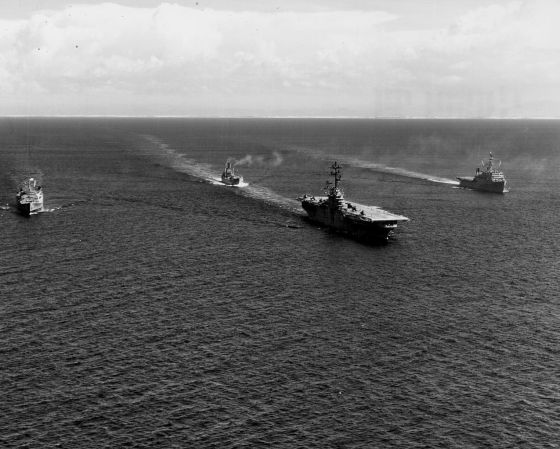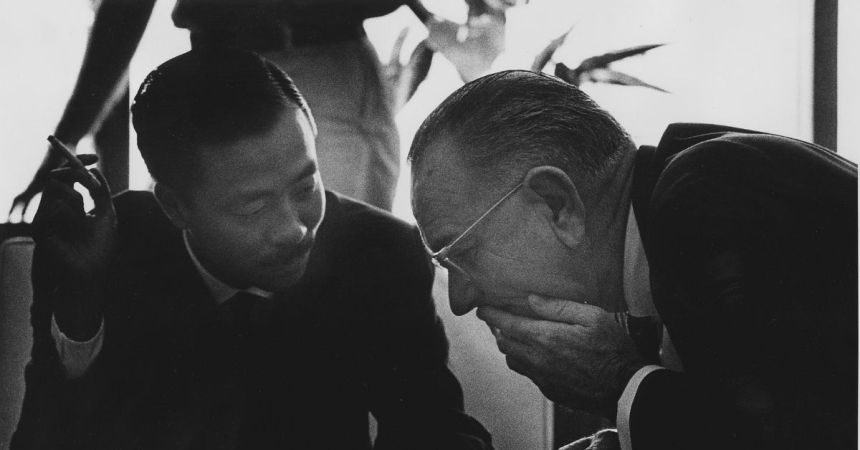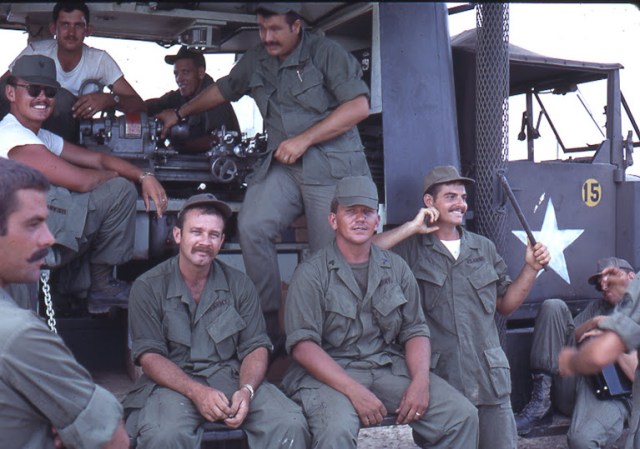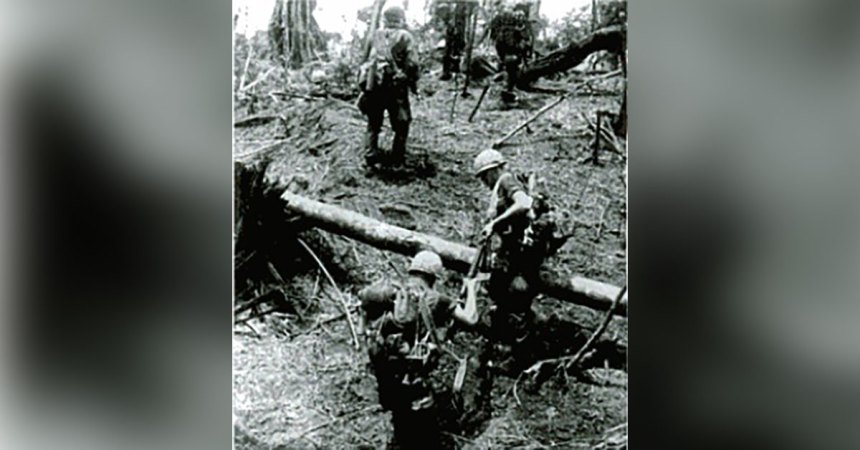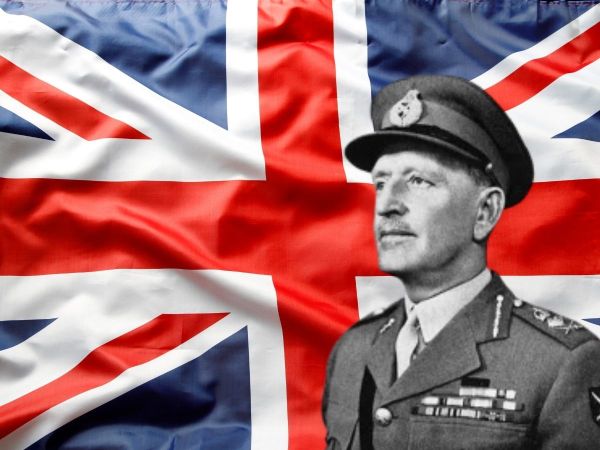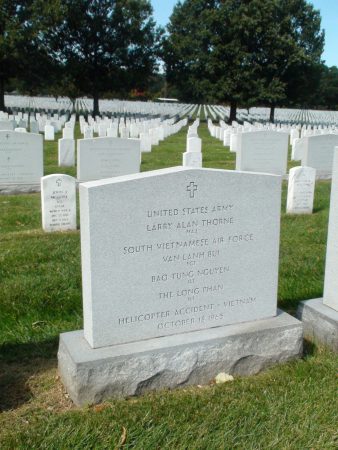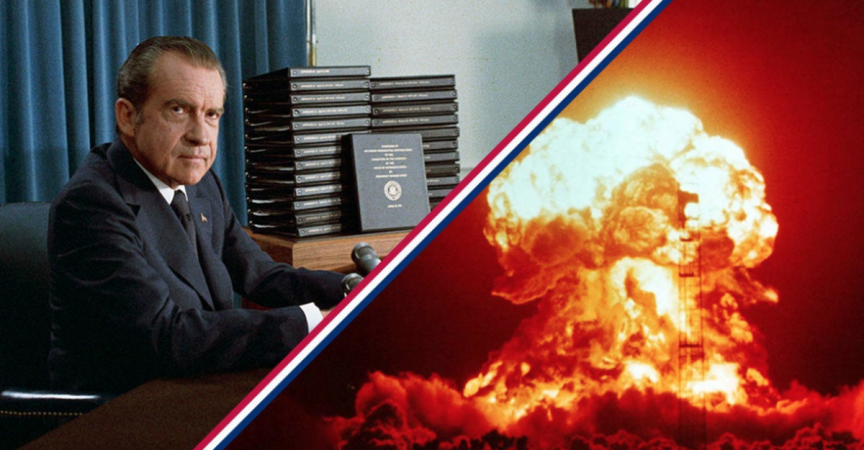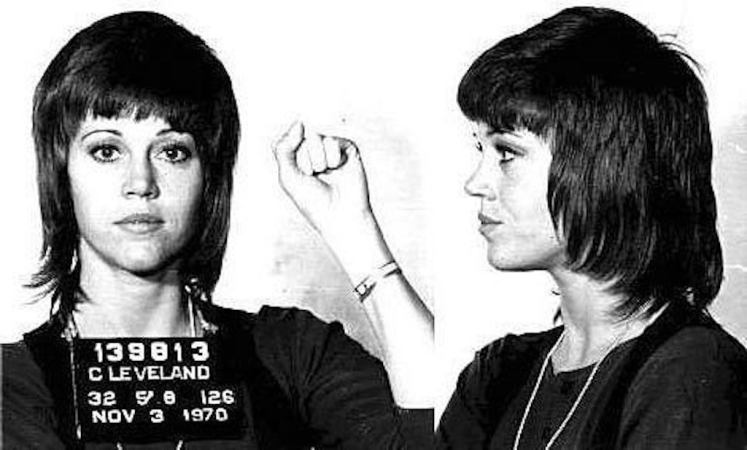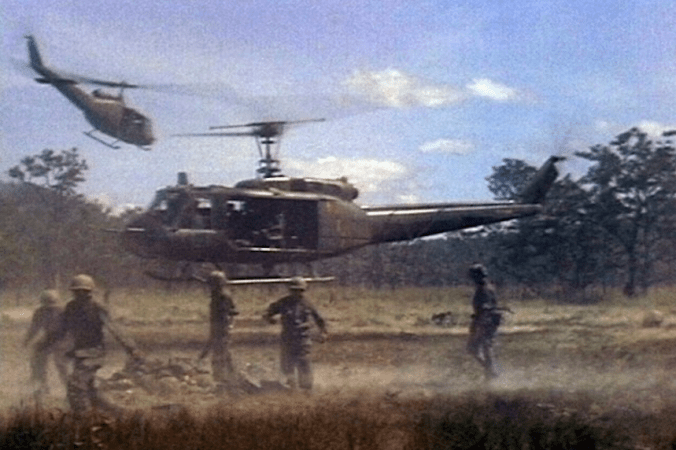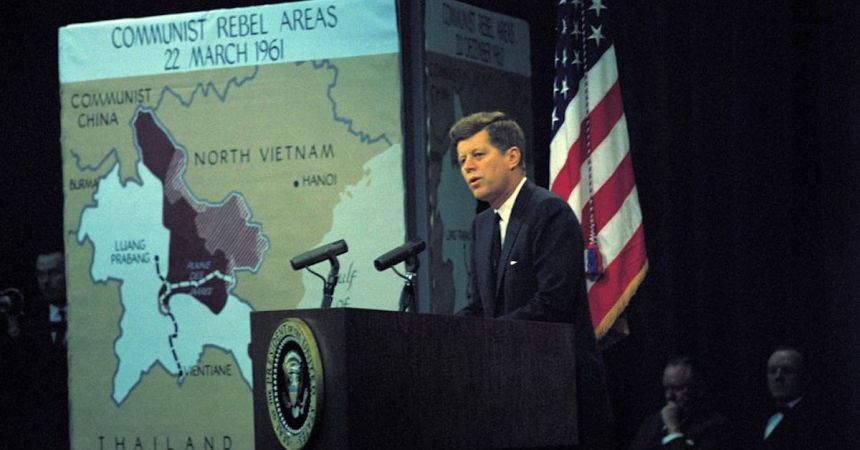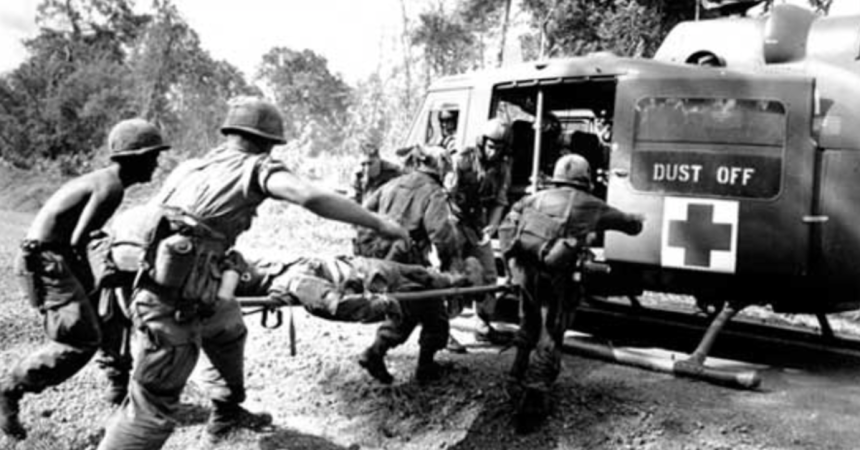In January 1973, the United States agreed to end direct combat operations in Vietnam. Under the provisions of the Paris Peace Accords, the fighting between North and South Vietnam was also temporarily halted. Though the accords were never ratified by the Senate, on March 29, 1973 the last U.S. troops left Vietnam, ending more than twenty years of military assistance and eight years of direct combat support from the U.S. military. With only a handful of Marines left to guard the embassy in Saigon, the North Vietnamese government in Hanoi released the last 67 of its admitted prisoners of war.

During World War II Ho Chi Minh fought alongside the American OSS against the Japanese. After the war, Ho declared an independent Vietnam but soon realized the West would restore French rule in what was then known as Indochina. With the help of Communist governments in China and the Soviet Union, Ho led an eight-year insurgency against the French, and the country was split in two in 1954.
The United States began to support South Vietnam as early as 1954. President Eisenhower pledged his unwavering support for the regime of Southern dictator Ngo Dinh Diem. The Diem regime arrested, tortured, and/or killed upwards of 100,000 people whom he suspected supported the Northern Communists. Diem would be killed in a coup in 1963.

In the 1960’s North Vietnamese guerrillas, known as the Viet Cong (VC), began attacking villages and government institutions in the South. By 1965, the U.S. began to send over men and materiel in large numbers, escalating the conflict to a major war. By 1969, the peak of U.S. military involvement, more than half a million U.S. troops were involved in the war. The war included the largest aerial bombing campaigns in history. President Richard Nixon, who was elected on a platform of ending the war, oversaw a brief expansion. Before it ended, the air war expanded, and the conflict migrated into neighboring Cambodia and Laos (attempts to block Northern supply routes along the Ho Chi Minh Trail).

The U.S. left South Vietnam in 1973, but the fighting between North and South continued. The year 1974 would be the most costly one for the Army of the Republic of Vietnam (ARVN) in terms of combat losses. In 1975, Northern Communist forces captured the southern capital of Saigon and the country was unified as the Socialist Republic of Vietnam. Saigon was renamed Ho Chi Minh City. The last Americans were airlifted out on April 30, 1975.

More than three million people were killed in the Vietnam War, including 1.5 million civilians and 58,000 Americans. Ho Chi Minh would not survive the end of the war, dying in 1969. President Lyndon B. Johnson, who oversaw much of the escalation, would not live to see U.S. troops withdraw. He died in January 1973.




